How to Taper for Triathlon
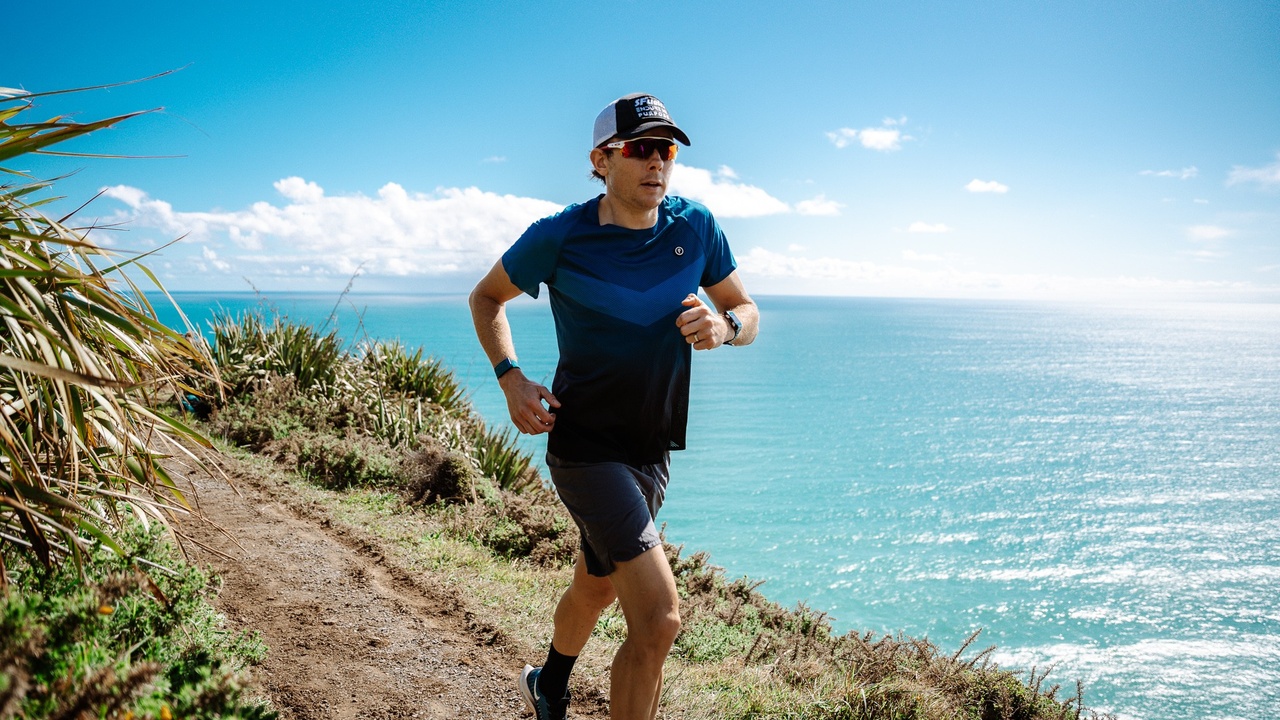
We all know that the pre-competition taper is one of the fundamental components of the build-up to an endurance event. In this short blog, we will briefly cover some of the science behind the purpose of, and best practices in, tapering. We cover the science and practice of the pre-competition taper in much more detail in LDT102, our course on training programme fundamentals.
Why do we need to taper?
In order to optimise your taper, it is important to first understand what a taper is trying to achieve. Tapering has been defined as the deliberate reduction in training load in the days prior to competition (4), the purpose of which is to provide the athlete with sufficient rest and recovery to perform at their best, but without reversing the adaptations gained through training (6). Tapering is therefore a balancing act between providing rest and recovery and preventing detraining.
Crucially, tapering has been shown across a number of investigations to be beneficial to endurance perfor...
Intensified Endurance Training and Effects on Mitochondrial Function

As we have discussed at length in the past, some of the fundamental physiological adaptations sought by endurance athletes through training occur in the mitochondria. A textbook will tell you that the mitochondria are the ‘aerobic powerhouses’ of cells; the sites of aerobic metabolism, and therefore metabolically where an endurance athlete makes their money. It has long been known that significant mitochondrial remodelling occurs in response to exercise (4), with increased size, number, and functionality of mitochondria observed following endurance training (5). This mitochondrial remodelling, and subsequent useful increase in the mitochondrial respiratory capacity, typically occurs as a result of mitochondrial biogenesis – the building of nice new mitochondria – and mitophagy – the break-down of damaged existing mitochondria.
A couple of recent studies have reported quite startling findings; namely, that short periods of very intense training actually degraded certain measures of mit...
The role of NAD+ in health, ageing, and exercise
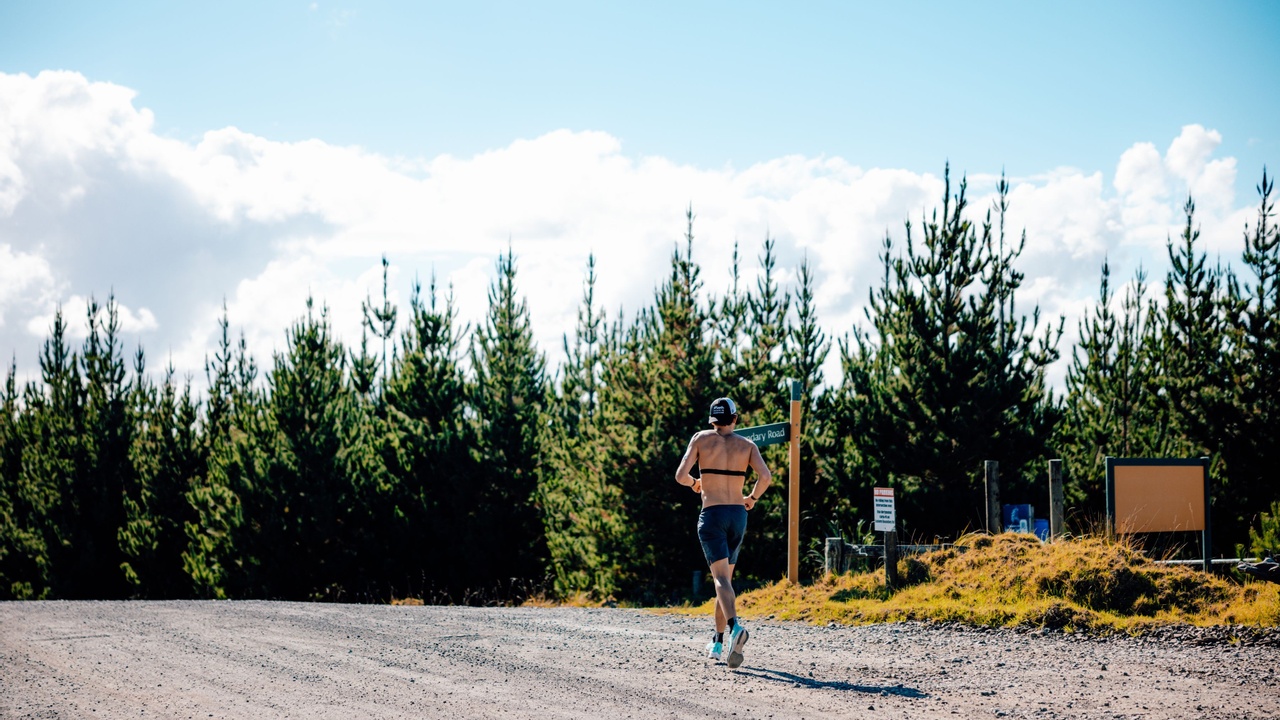
By Dr Dan Plews
In this blog I am going to discuss an essential metabolic coenzyme called NAD+, and why it is so essential to your health. Some of you may be aware of NAD+, but it is fair to say that NAD+ metabolism is one of the trickier areas of physiology I have discussed so far. Taking some time to discuss NAD+ is definitely worth it though, as changes in NAD+ appear to have strong implications in the negative effects of ageing and health benefits of exercise.
The physiology of NAD+
Nicotinamide adenine dinucleotide (NAD) is a metabolic coenzyme critical to the physiological function of all living cells. NAD exists in two forms: in an oxidised form as NAD+, and in a reduced form as NADH. Those of us that have studied exercise physiology and metabolism may be familiar with the concept of NAD as a means of linking the citric acid cycle to oxidative phosphorylation in the aerobic energy system. Specifically, in the oxidation of fats and carbohydrates, and in the citric acid cycle, ...
Heat Training to Improve Exercise Performance in Cool Conditions
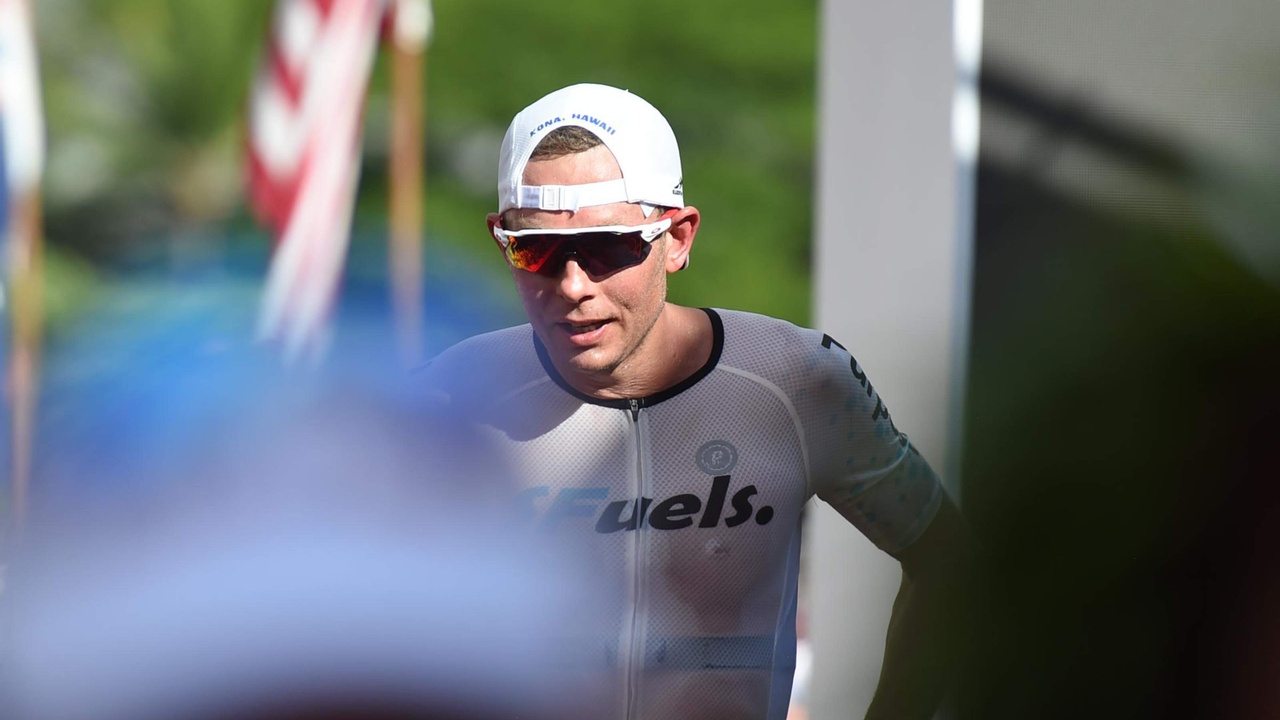
One topic that has received increasing attention in the scientific and endurance sport community over the last few years is training under environmental heat stress. The benefits of training in the heat in preparation for a competition in a hot environment is well-established (3, 23). That process is called heat acclimatisation (or acclimation when performed in an artificial hot environment like a heat chamber), and is an effective means of improving an athlete’s thermoregulatory capabilities in order to tolerate the stress associated with the dual stresses of competitive work outputs and high environmental stress. That is not what this blog is about. Interested readers are directed to our course dedicated to preparing for long-distance triathlon competitions in hot environments (LDT 103).
In this blog we are instead concerned with whether training under environmental heat stress can be used as an additional stressor in order to promote endurance training adaptations relevant to perfo...
Eating Before your Workout I Carbohydrate vs Protein vs Fasted

The question of “what should I eat before training”, is one that personally, I get asked a lot! Both by the athletes I coach, and by our Endure IQ education community (athletes and coaches). Up until now, I’ve always answered based on what I thought I knew, and what the literature pointed towards. However, to put it simply, the research just hasn’t been done in this space. That’s why I was super excited when I met my PhD student Jeff Rothschild nearly two years ago and learned this was the question he was eager to answer. I know what you’re thinking “this has surely been researched and already known?" Well, quite simply, it hasn’t, and certainly not in well-trained athletes.
As part of our quest to help figure out how we should be eating before exercise, I'm excited to share with you the findings from a new study from our lab that was just published, titled "Pre-Exercise Carbohydrate or Protein Ingestion Influences Substrate Oxidation but Not Performance or Hunger Compared with Cyclin...
Training intensity distributions: From Polarized to Pyramidal models, specificity is key in Long Distance Triathlon
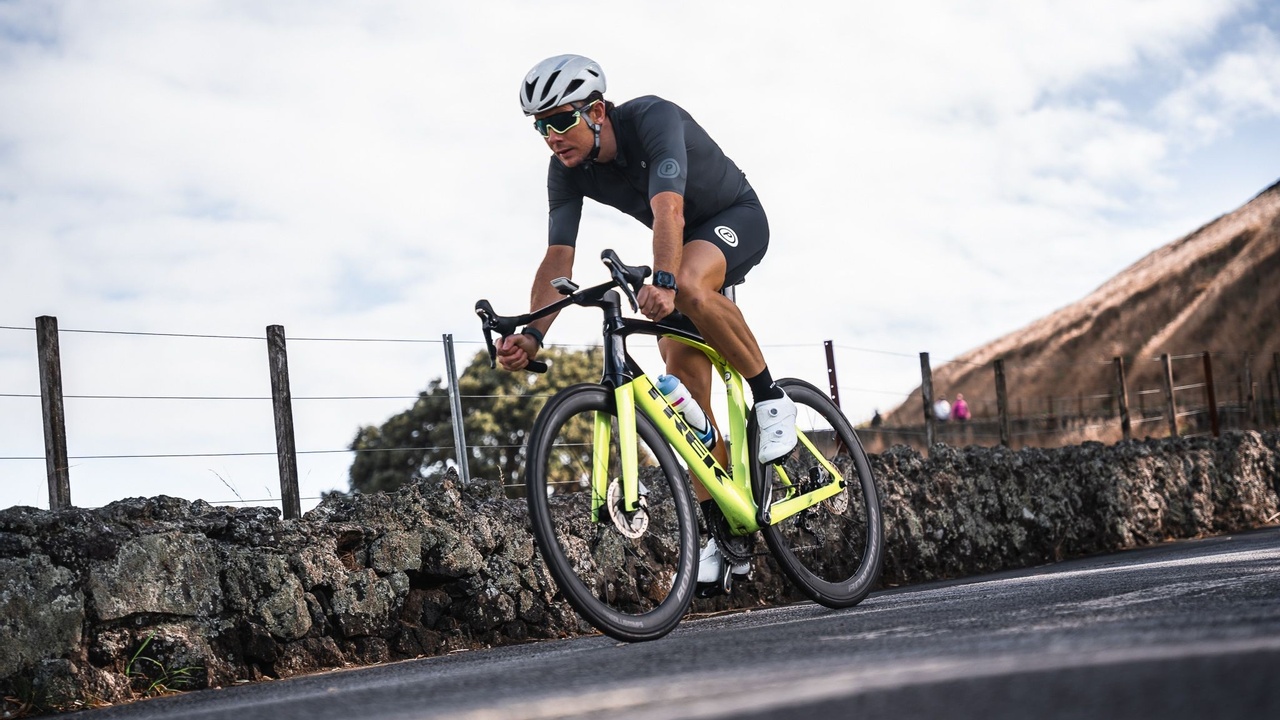
By Dr. Dan Plews
In the Ironman community, there is a lot of talk about training intensity distribution. In this blog, I am going to cover some of the basics around training intensity distribution, which is one of the key concepts you need to navigate in building up to your race.
What is training intensity distribution?
So, before we can even think about discussing the right training intensity distribution when preparing for an Ironman, it is first important to make absolutely sure we know what the term means. Essentially, when we refer to training intensity distribution, we are talking about how much of the time we spend in different physiologically based training intensity zones. Whilst there is a range of different training zone models, the simplest and most applicable is probably the three-zone model, which is the one we use to quantify training intensity distribution. In the three-zone model, you have two training zone ‘thresholds’, which we refer to as the “lactate threshold” ...
Antioxidants and endurance performance: A supplement worth trying?

In endurance sport, there are a huge number of supplements that are purported to enhance performance, recovery, and adaptation, with very few of these actually living up to the hype. As scientists, we tend to be very sceptical of supplements and their claims, and prefer to wait for a body of literature to emerge supporting the use of a particular supplement. However, as practitioners and athletes, we also know that waiting for the scientific literature to catch-up sometimes risks leaving you missing out on a performance aid that your competitors may have taken advantage of. In this blog, we are going to talk about antioxidant supplementation, which might be one of the most discussed supplementation regimens in endurance sport.
So, what are antioxidants? To understand antioxidants, you first have to understand reactive oxygen species or ROS. ROS accumulates in muscle during high-intensity exercise, and ROS appears to have a fatiguing effect on muscle, possibly through effects on proces...
Post-exercise sauna bathing for endurance athletes: When and why

As we all know, the heat is a bit of a hot topic in long-distance triathlon. Our World Championships take place in the hot and humid conditions of Kona, Hawaii, and many of us compete in hot conditions in other events around the world. We, therefore, know that we need to acclimate to heat before participating in these hot-weather events (8). A lot of athletes are also starting to use heat as a means of up-regulating regular endurance training adaptations, a bit like how we have used exposure to high altitudes to trigger positive changes (1). In this blog, we are going to discuss whether one quite practical strategy – post-exercise sauna bathing – is appropriate for use in these contexts; that is, inducing heat acclimation adaptations to improve physiological responses to exercise in the heat, and inducing endurance adaptations to improve performance in cooler conditions. Before we start it is worth acknowledging that the potential for sauna bathing to induce benefits outside of the typ...
The maximum metabolic steady-state: Definition, measurement, and application

By Dr Ed Maunder and Dr Dan Plews
Recently, we blogged about the importance of the lactate threshold in long-distance triathlon training and performance. As we discussed, the lactate threshold is also referred to as the ‘aerobic threshold’, or VT1 and LT1. In this blog we are going to discuss the importance of the second physiological threshold, commonly referred to as the ‘anaerobic threshold’, ‘lactate turn-point’, or VT2 and LT2 (29). We refer to this second threshold as the ‘maximum metabolic steady-state’ (MMSS), and in this blog, we will explain why.
The maximum metabolic steady-state
The MMSS refers to the intensity at which we transition from ‘steady-state’ to ‘non-steady-state’ metabolic responses to prolonged exercise. When we are in a metabolic steady-state, exercising at a constant-power or pace will produce stable responses; that is, muscle and blood lactate concentrations, acid-base balance, phosphocreatine availability, and oxygen consumption (VO2) will plateau and ...
The first 'aerobic' threshold: Understanding and practically determining yours for endurance training
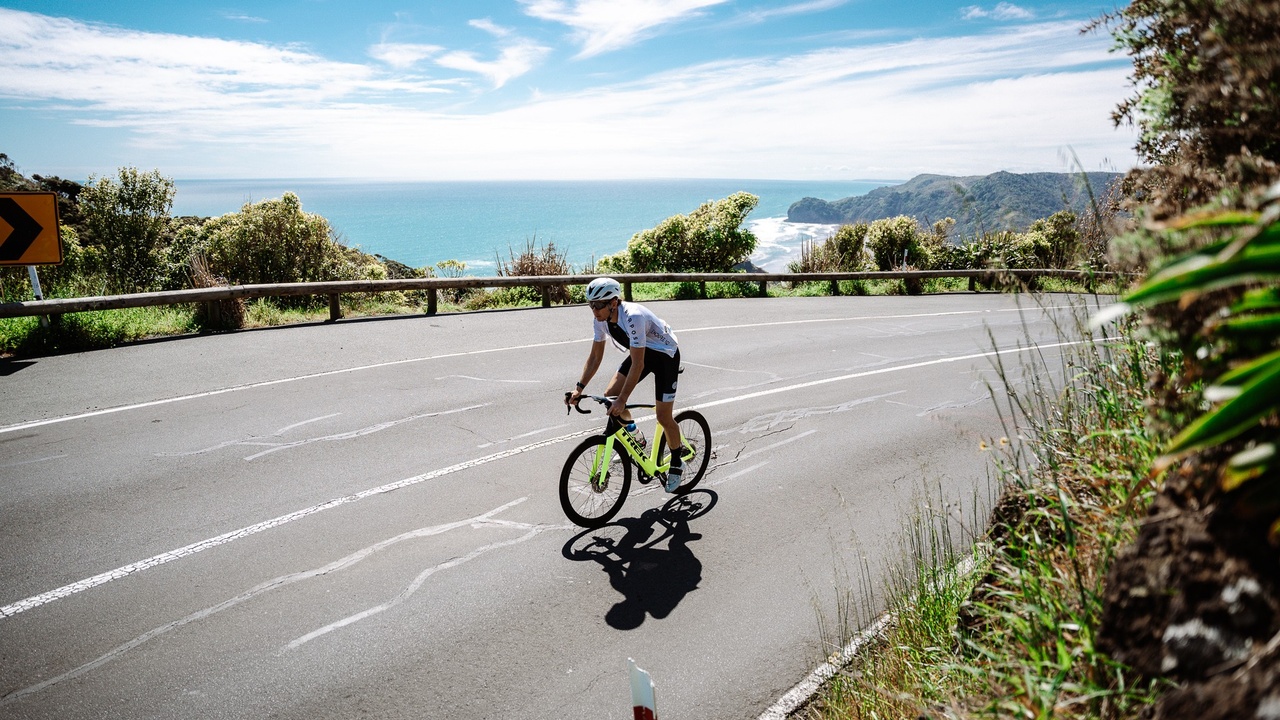
By Ed Maunder and Dr Dan Plews
As endurance athletes, we spend a lot of time talking about our ‘thresholds’; “what’s your FTP?” is as ubiquitous in endurance circles as “what’s your bench?” is in strength sport. FTP – or functional threshold power – is a metric gaining increasing footing in training programming and load monitoring in cycling and triathlon. Typically calculated as 95% of an athlete’s best-effort power over 20 min, FTP is used to estimate the second physiological ‘threshold’, which defines the transition from steady-state to non-steady-state physiological responses to exercise. That is, above this second threshold – commonly referred to as the “anaerobic threshold” – physiological variables such as oxygen consumption, circulating lactate concentrations, and muscle and blood acidity cannot stabilise, which means that fatigue inevitably and progressively develops.
Whilst knowledge of this second threshold is definitely of significance to endurance athletes, we argue tha...
